On April 6, the White House released a short report defending its withdrawal from Afghanistan. The 12-page summary was released on the cusp of Easter weekend — presumably to minimize attention to it — but the substance of the document and the accompanying press briefing with National Security Council spokesperson John Kirby nevertheless generated immediate interest as well as criticism. The document’s bottom line was that the Biden administration inherited the problematic Doha deal from the Trump administration, which significantly limited its options, and did as well as it could have in terms of the withdrawal and the evacuation between August 14 and August 31, 2021.
The document comes across as defensive — perhaps unsurprising, given that the withdrawal is under scrutiny from a Republican-controlled House of Representatives. With the 2024 election looming, there aren’t any political incentives to admit fault, especially because the Afghanistan withdrawal is already seen as a foreign policy failure for the Biden administration. By Kirby’s own admission, the report’s purpose “is not accountability.” But in its current form, it makes for disingenuous reading and suggests that the administration hasn’t seriously grappled with the debacle of the summer of 2021.
It is true that former President Donald Trump’s Doha deal with the Taliban was incredibly flawed and that it limited President Joe Biden’s options. Many of us noted at the time that it was badly negotiated, giving the Taliban everything they wanted — a date for America to leave Afghanistan — while asking for very little in return besides counterterror promises. It excluded the Afghan government. While the deal’s architect, Zalmay Khalilzad, argued that its multiple pieces — one of which included the start of peace talks between the Taliban and the then-Afghan government — would work together, the text as it was written read like a timeline to surrender. It emboldened the Taliban and weakened the Afghan government. The public has never seen its classified appendices.
Yet it’s also not quite correct to suggest that the Trump administration alone is to blame for how the summer of 2021 unfolded or the harried nature of the last two weeks of August in Kabul. Biden and his team had agency in the decision to withdraw in 2021 and in the manner of the withdrawal. And the roots of the fall of the Afghan government and the army in 2021 went beyond the Doha deal — they were a deeper reflection of the ultimately unsuccessful 20-year American effort in Afghanistan. Any honest reckoning with the events of August 2021 is incomplete without acknowledging that.
The Biden administration undertook an Afghanistan review in the early months of 2021. There were a few choices it should have considered seriously, other than the two it says it had: to leave on the Doha deal’s timeline or to stay on, risking American lives; it chose the former. But it could have exercised more agency (as I argued at the time). It could have focused on pushing harder for an intra-Afghan peace deal (between the Afghan government and the Taliban), attempting a soft conditionality of the withdrawal on achieving such a peace deal; or it could have formally attempted a renegotiation of the Doha deal. In the end, the decision to withdraw according to the summer 2021 timeline displayed extraordinary fidelity to a Doha deal negotiated by a predecessor whose other policy actions Biden certainly has not taken as given. It was also a deal in which the other party, the Taliban, was not reliable, and to whose terms it had not stuck, even in terms of counterterrorism. And in the end, for all the administration’s critique of the Doha deal, it chose to retain Khalilzad, its chief negotiator, as its own Afghanistan point person through the withdrawal.
Where the administration does admit lessons learned, they are milquetoast and indirect. The report says that the administration now prioritizes quicker evacuations in contexts with “degrading security situation[s],” such as Ukraine and Ethiopia — but those are not directly comparable to Afghanistan, a country in which the United States had spent 20 years building its armed forces and empowering its government.
That leads us to the other major miss in the report. The chaos of those last two weeks of August and the sudden evacuation happened precisely because two weeks before the withdrawal date, Kabul and, with it, Afghanistan fell to the Taliban — something that the U.S. government had not anticipated would happen before its withdrawal was complete. It is not enough to acknowledge that the intelligence community got it wrong, as the report does. The questions the administration is asking and trying to answer are simply too narrow. There needs to be a deeper effort by the administration that ultimately withdrew from Afghanistan to reckon with the 20 years of war there and why America’s effort to build up the Afghan army and government failed in the end.
One key question that the Biden administration should ask is what the complete dependence of the Afghan National Defense and Security Forces (ANDSF) on U.S. air, logistical, and intelligence support meant for its (in)ability to function as the United States withdrew that support early that summer. Could that have been anticipated and prevented? There are broader questions too, on the type of training the ANDSF received, the cause of the ultimate hollowness of the Afghan government that collapsed (and fled the country) as the Taliban reached the gates of Kabul, and the steps taken by successive U.S. administrations that contributed to these failures. Pointing to the work of the Afghanistan War Commission, as the administration has done, won’t suffice.
The administration’s report, in the end, discusses the massive evacuation effort that started on August 14, once the Non-Combatant Evacuation Operation was finally triggered. “The largest airlift conducted in U.S. history,” which included 70,000 vulnerable Afghans, was a massive and commendable effort, to be sure. However, it only worked because of the help of the civil society and veterans groups that rapidly organized and worked around the clock in the United States to assist it. The Biden administration acknowledged them in the report — but not that they were forced to step in because the administration wasn’t prepared for an evacuation of this scale. It is an effort veterans have called “gutting.”
One line stood out during the April 6 briefing accompanying the report’s release: Kirby said, “For all this talk of chaos, I just didn’t see it, not from my perch.” The problem with that statement is that the rest of the world did — and the scenes at Kabul’s Hamid Karzai International Airport, those images of desperate Afghans clinging to airplanes even as they took off, will not soon be forgotten. Neither will the wrenching congressional testimony of a U.S. Marine, who, between tears, used one word to describe those two weeks: “catastrophe.” A catastrophe for which no one has been held accountable.



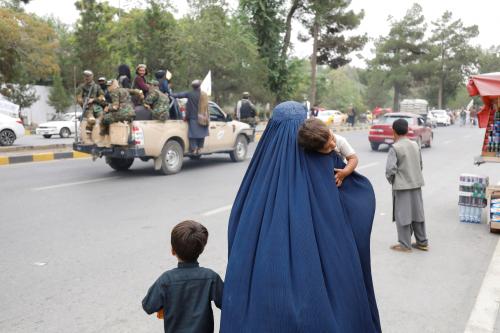
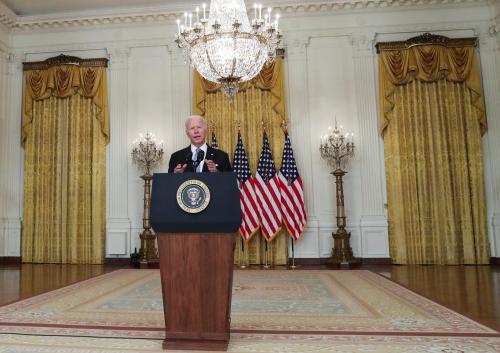
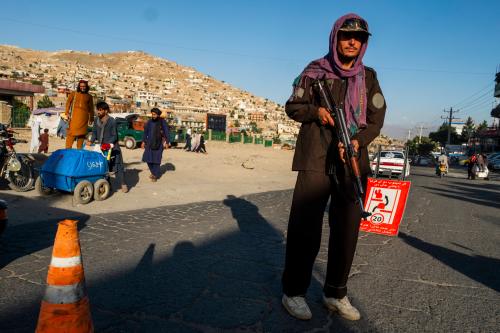

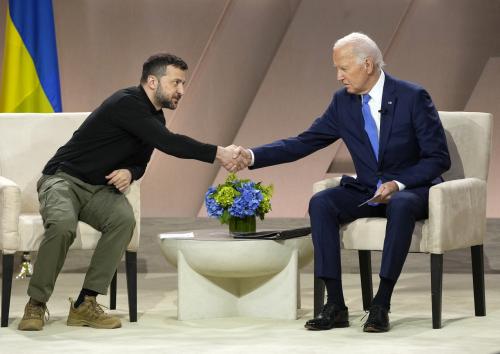
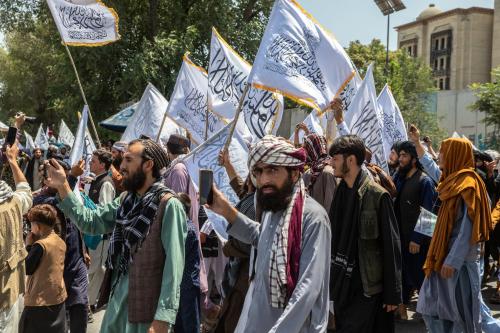
Commentary
What the Biden administration’s report on the Afghanistan withdrawal gets wrong
May 5, 2023